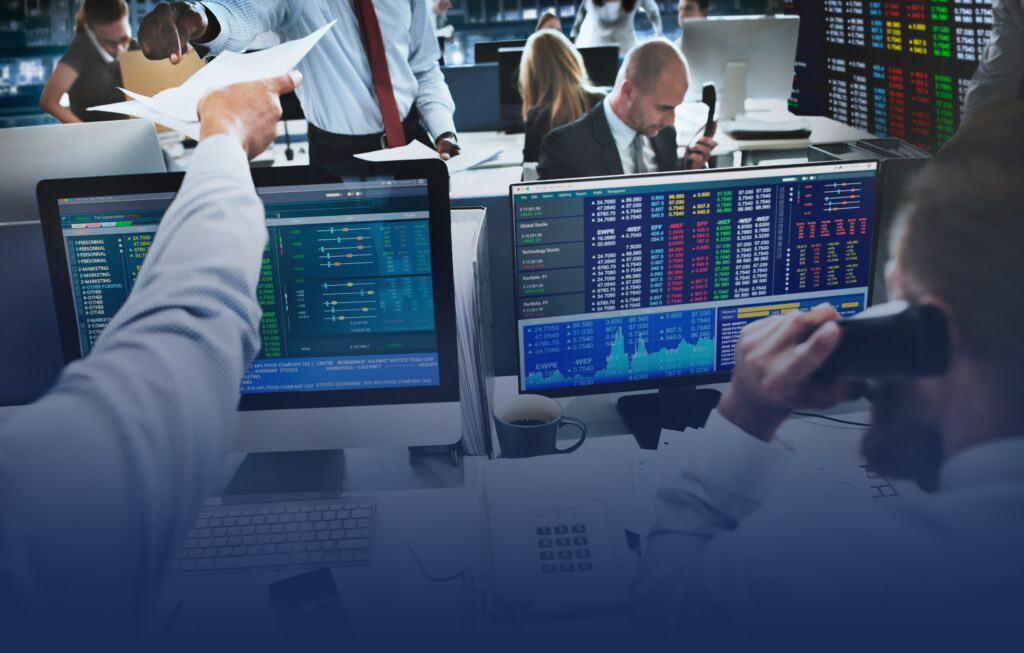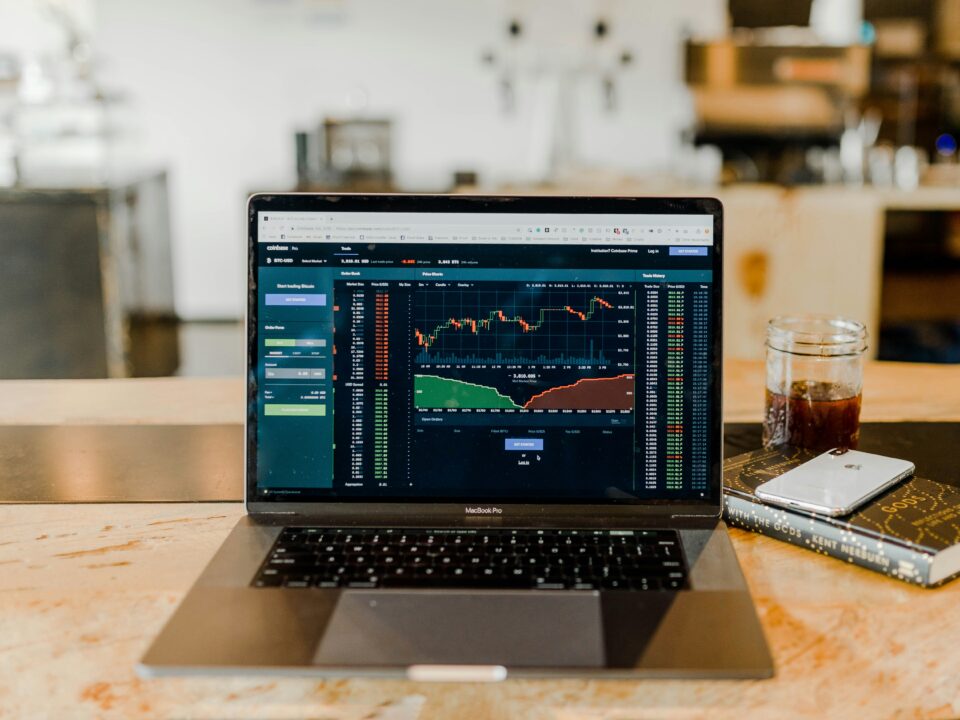
Invest in the Future with IPOs: A Guide to Understanding Initial Public Offerings
March 3, 2025
Beyond the Balance Sheet: Modern Strategies in Wealth Management
July 22, 2025Institutional trading is crucial in shaping the global markets in the modern financial landscape. These large-scale investments, typically made by institutions like hedge funds, pension funds, and mutual funds, profoundly impact the liquidity and stability of economic systems. The volume of assets these institutions manage can be immense, and their decisions often set the tone for market trends. Understanding institutional trading provides valuable insight into the forces that drive global financial markets.
The Role of Institutional Traders in Global Markets
Institutional traders are the heavyweights in the financial world. They include banks, mutual funds, pension funds, and hedge funds, collectively managing trillion dollars in assets. These players are distinct from retail investors in several ways. For one, they can access more resources, such as advanced trading technology, market analysis, and a team of experts. This gives them a competitive edge over individual investors. Their trading strategies are typically more sophisticated and involve high-frequency trading, algorithmic trading, and large block orders.
Their actions can have a direct influence on market prices. For example, when a large institutional trader buys or sells a significant amount of stock, it can cause the price to move in a noticeable direction. This is especially true in less liquid markets, where the buying or selling of large positions can lead to price swings. The decisions made by institutional traders are often based on extensive research, data, and predictions of the direction of the market. Because of their size and influence, institutional traders are usually seen as market movers.
Liquidity and Price Discovery
One of the most significant contributions of institutional trading to the global markets is its role in liquidity and price discovery. Liquidity refers to how easily assets can be bought or sold in the market without causing drastic price changes. The larger the volume of trades, the easier it is for investors to enter or exit positions. Institutional traders contribute to market liquidity by executing large volumes of trades, often daily.
In addition to providing liquidity, institutional trading also plays a key role in price discovery. Price discovery is the process by which the market determines the price of an asset based on supply and demand. Institutional traders help ensure that prices accurately reflect the underlying fundamentals of an asset. By actively participating in the market and analyzing financial data, they help uncover the true value of assets. Their research and trading strategies often help other market participants make informed decisions.
High-Frequency Trading and Its Impact
High-frequency trading (HFT) has become a prominent feature of institutional trading in recent years. HFT involves using algorithms and high-speed computers to execute trades in fractions of a second. The goal is to capitalize on small price movements in highly liquid markets. HFT firms often use complex algorithms to make decisions and can process millions of orders within a very short time frame.
While HFT can increase liquidity and make markets more efficient, it raises concerns about market volatility. Because HFT firms’ reliance on speed can sometimes exacerbate price swings, particularly during market stress. For instance, the “flash crash” of 2010, where the Dow Jones Industrial Average plummeted in minutes, was partly attributed to high-frequency trading. Despite these concerns, many argue that HFT is a necessary component of modern institutional trading, as it enhances market efficiency and ensures that prices reflect the latest available information.
Institutional Trading Strategies
Institutional traders employ a variety of strategies to maximize returns and minimize risks. One common strategy is the use of diversification. By spreading investments across various assets, sectors, and geographic regions, institutions reduce their exposure to any single risk. This helps protect their portfolios from significant losses if one asset or market experiences a downturn.
Another popular strategy is quantitative trading, which uses mathematical models and statistical analysis to identify trading opportunities. These models can incorporate many factors, including historical price data, market sentiment, and economic indicators. By using algorithms to identify patterns, institutional traders can make more informed decisions and improve their chances of success.
Active management is another strategy employed by institutional traders. Active managers make decisions about buying and selling securities based on their analysis of market conditions. This is in contrast to passive management, where institutions aim to replicate the performance of an index, such as the S&P 500. Active management requires more research and analysis but offers the potential for higher returns. Many institutional traders employ active and passive strategies depending on market conditions.
The Future of Institutional Trading
The future of institutional trading is likely to be shaped by several emerging trends. One of the most significant developments is the increasing role of technology in trading. Advances in artificial intelligence, machine learning, and big data analytics are making it easier for institutional traders to process vast amounts of information and make more informed decisions. As these technologies evolve, they could further transform how institutions approach trading.
Additionally, the growing influence of environmental, social, and governance (ESG) factors will likely affect institutional trading strategies. Many investors are increasingly concerned with the long-term sustainability of their investments and the impact of companies on society and the environment. As a result, institutional traders may emphasize ESG factors more when making investment decisions. This could lead to a shift in the types of assets and industries that attract institutional capital.
Finally, regulatory changes will continue to shape the landscape of institutional trading. As financial markets become more complex and interconnected, regulators are paying closer attention to institutional traders’ activities. In the wake of the 2008 financial crisis, many new regulations were introduced to ensure greater market transparency and stability. In the future, regulators will likely continue implementing measures to curb excessive risk-taking and ensure that institutions operate fairly and responsibly.
Institutional trading is a powerful force that drives the global markets. Through their substantial influence, institutional traders provide liquidity, facilitate price discovery, and help shape the overall market environment. While they employ a wide range of strategies, from high-frequency trading to diversification and quantitative analysis, their goal remains to generate returns for their clients while minimizing risks. As technology advances and new trends emerge, institutional trading will undoubtedly evolve, but its importance to the global financial system will remain unchanged.





